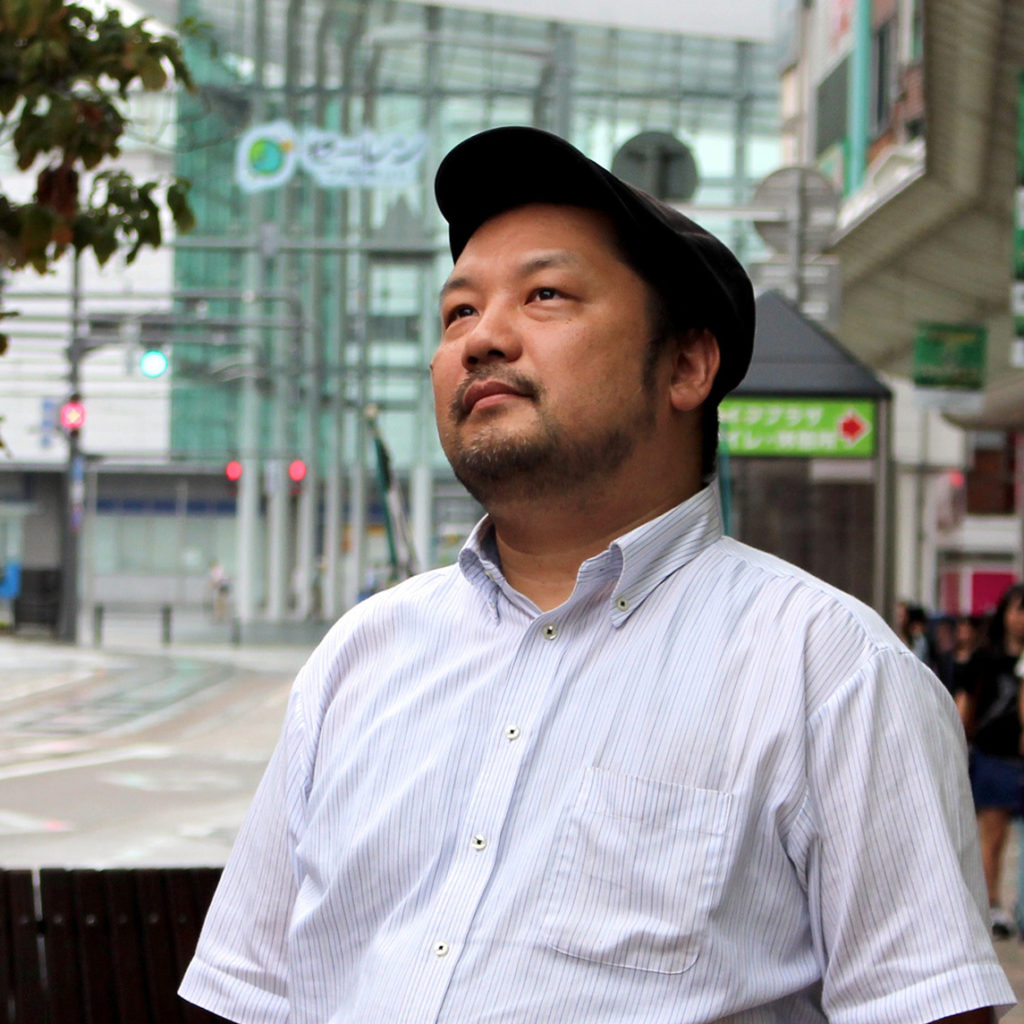第6回日本国際観光映像祭、阿寒へ アイヌ文化から学ぶこれからの生き方
映像は人々の感性に直接語りかけ、そして、メディアを通じ多くの人々に同時に届きます。だからこそ、地域が疲弊し、しかしながらそこには確かに残る“地域の魅力”を活用して、観光客を誘致し蘇らせる、リジェネラティブ(再生)には、映像の力が必要です。
観光映像はこのような日本の再生のために活用すべきツールです。今も全国津々浦々で観光映像が制作され、私たちに地域の魅力を伝えてくれます。しかし、この映像の作り方、使い方にはまだまだ改善の余地があります。新型コロナウイルスの拡大が始まる前、全国で広がる観光の投資の中で、多くの観光映像が制作されましたが、一方で問題のある映像も多く生まれました。それは観光映像が、商業CMとも映画とも違う、一つの確立すべきジャンルであるにもかかわらず、観光映像を専門とする映像作家が少ないからです。事実、諸外国にはフランスやスペインといった、観光で生きることを選んできた国があり、それらの国では観光映像のあり方は数十年にわたって議論されてきました。日本が観光で生きていくことを決めた国となった今、観光先進国から観光映像のあり方を学び、同時に国内の映像作家を観光業界をあげて育成する必要があります。
日本国際観光映像祭(JWTFF)は、このような背景から2019年から始まった映像祭です。2020年に、UNWTO(国連世界観光機関)が認定する国際観光映像祭ネットワークCIFFTに正式加盟し、アジア唯一の構成映像祭として、日本の映像だけではなく、アジアの観光映像を世界に紹介する役割も期待されています。本映像祭では、日本の優れた観光映像を表彰するとともに、世界から届いた最先端の観光映像を紹介してきました。
世界で再び、観光が拡大しています。日本各地にも多くの国内外からの旅行客が訪れ、活気に溢れています。しかし一方で、観光には矛盾があります。観光は観光地の持続的な発展に寄与しますが、その発展はどこに向かうのでしょうか。経済的価値と社会的価値、その相互の円滑な発展のあり方が今、問われています。世界で観光が拡大する今、地域文化を発展させるための観光とは、観光業と地域の適切な関係とは何か。それを映像祭を通じて議論することが今年のテーマです。
2024年3月、私たちの映像祭は北海道釧路市阿寒で開催します。この地にはアイヌコタンがあり、訪れた人々は豊かな自然とその自然に生きてきたアイヌ文化を学ぶことができます。観光のあり方が問われる今、この地で学び、そして世界の人々とこれからを語り合う映像祭を開催します。
6th edition of JWTFF, Akan, to learn from Ainu culture on how to live in the future.
Films speak directly to people’s sensibilities and reach many people at the same time through the media. This is why the power of images is necessary for regeneration, to attract tourists and revive a region’s tiredness and to utilise the “local attractions” that are surely still there.
Tourism films are a tool that should be used for this kind of regeneration of Japan. Tourism films are still being produced all over the country and tell us about the attractions of the region. However, there is still room for improvement in the way these images are produced and used. Before the spread of the new coronavirus, many tourism films were produced amidst the investment in tourism that spread across the country, but on the other hand, many problematic films were also produced. This is because there are few filmmakers specialising in tourism films, despite the fact that tourism films are an established genre, different from commercial commercials and films. In fact, there are other countries, such as France and Spain, that have chosen to live by tourism, and in these countries the nature of tourism images has been discussed for decades. Now that Japan has decided to live by tourism, it is necessary to learn how tourism images should be made from the leading tourism countries, and at the same time, the tourism industry needs to work together to develop domestic filmmakers.
Japan World’s Tourism Film Festival (JWTFF) was launched in 2019 against this backdrop; in 2020, it will officially join CIFFT, the international tourism film festival network recognised by UNWTO (United Nations World Tourism Organisation), and as Asia’s only constituent film festival, it is expected to play a role in introducing not only Japanese films but also Asian tourism The festival is also expected to play a role in introducing not only Japanese images but also Asian tourism images to the world. This film festival has awarded outstanding tourism films from Japan and introduced cutting-edge tourism films from around the world.
Tourism is once again expanding around the world. Various parts of Japan are also vibrant with many domestic and foreign visitors. At the same time, however, there are contradictions in tourism. Tourism contributes to the sustainable development of tourist destinations, but where is this development heading? The question is now being asked of the smooth development of economic and social values and their mutual development. At a time when tourism is expanding around the world, what is tourism for the development of local culture, and what is the appropriate relationship between the tourism industry and the region? Discussing this through the film festival is the theme of this year’s festival.





